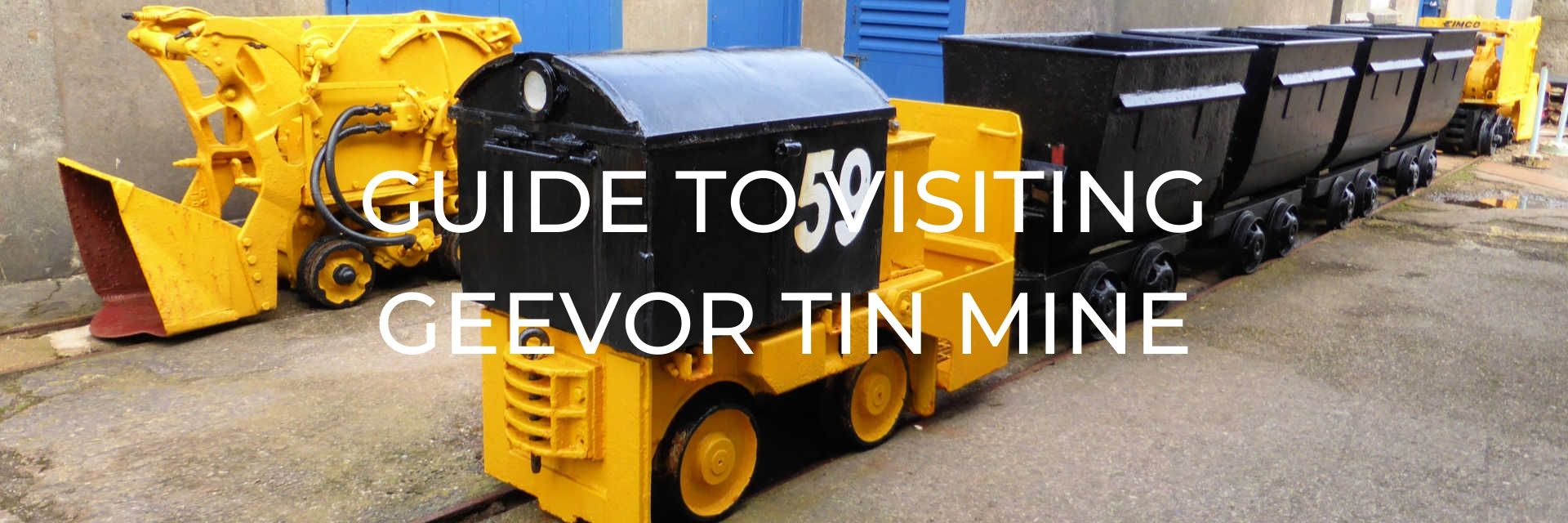
Geevor Tin Mine is one key example of why Cornwall and West Devon is a UNESCO World Heritage Site. The mine operated until 1990, mining tin from a myriad of passages and tunnels, many of which head out under the sea.
Want to save this for later? Click the Pinterest button on the left for a pinnable image!
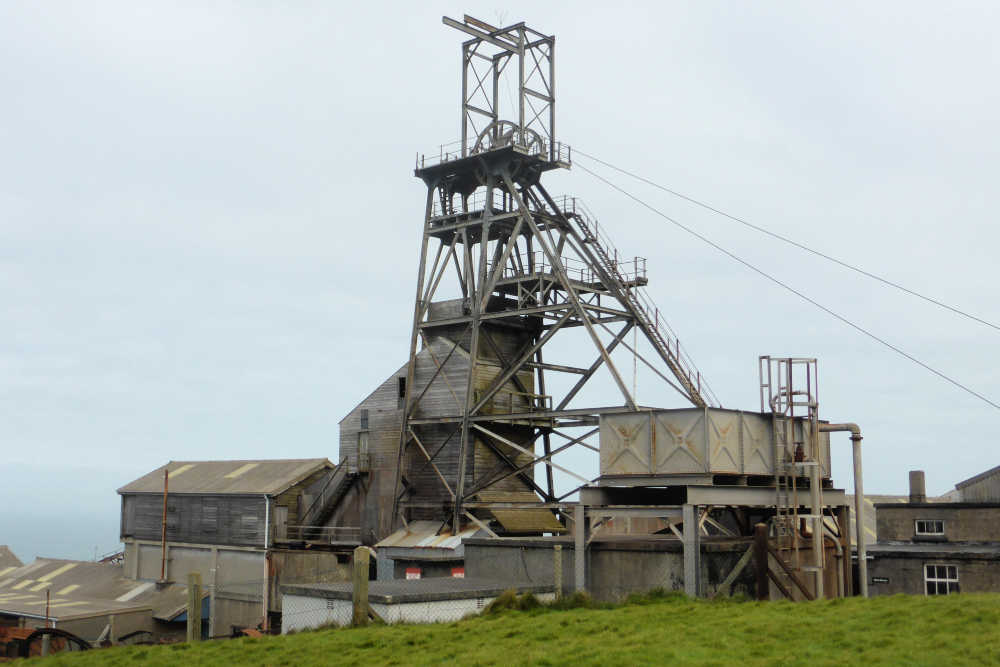
This post may contain affiliate links. Please read our full disclosure policy here.
Tin was mined in this area for over 4,000 years and it was only in 1998 that the last mine closed, though there are occasional plans to re-open mines if they could be made profitable. In the early 19th century, Cornwall was the world’s major tin producer, but tin finds in Australia and Asia started the decline of the industry. Just over a hundred years later, all tin mining in Cornwall had become uneconomic.
HIGHLIGHTS OF GEEVOR TIN MINE
Geevor Tin Mine today is a tourist attraction having closed as a working mine in 1990. The site is dominated by the grey headgear over Victory shaft, which is 480m down!
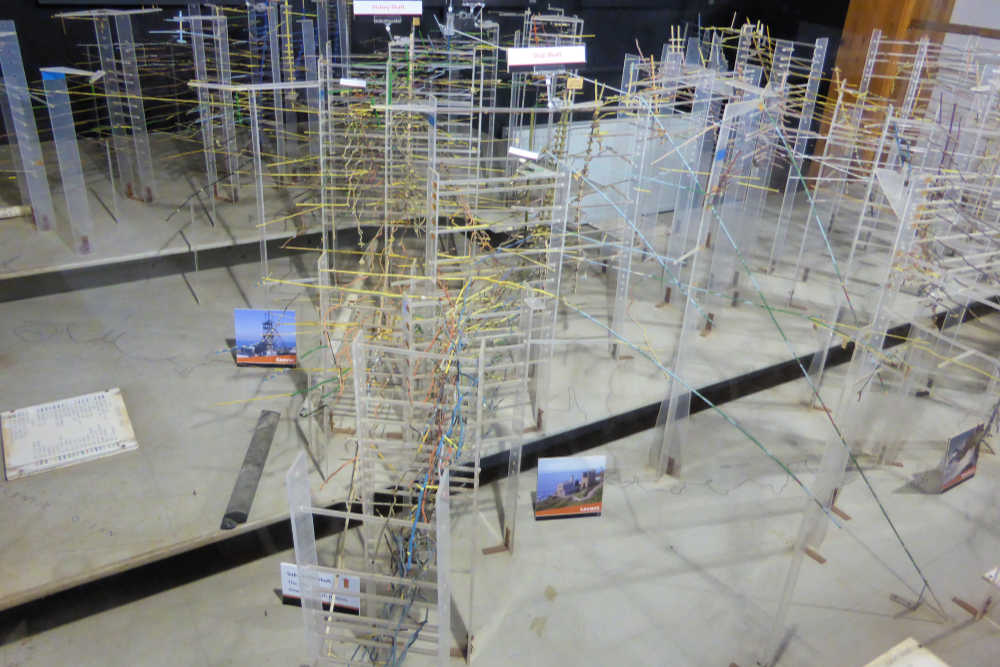
SELF-GUIDED EXHIBITS
There is a small museum with various mining artefacts on display, but possibly the most impressive exhibit is the model of the mine. Each of the wires in the model is a shaft and there are 17 levels and 85 miles of tunnels in the mine.
Most of the tunnels are now flooded as the pumps that kept them dry(ish) were switched off in 1991. Before they were switched off they were extracting around one million gallons of water a day from the mine. Even so, it took three years for the mine to fully flood, such is the extent of the tunnels underground.
There are several other buildings you can enter outside, including the plant rooms, where huge turbines now sit silent, and the engine room where the more recent electric, and the original steam, engines are on show.
But one of the eeriest places is the locker room where men would change before and after their shift. It looks like they just upped and left with overalls hanging up and lockers with personal effects still in them.
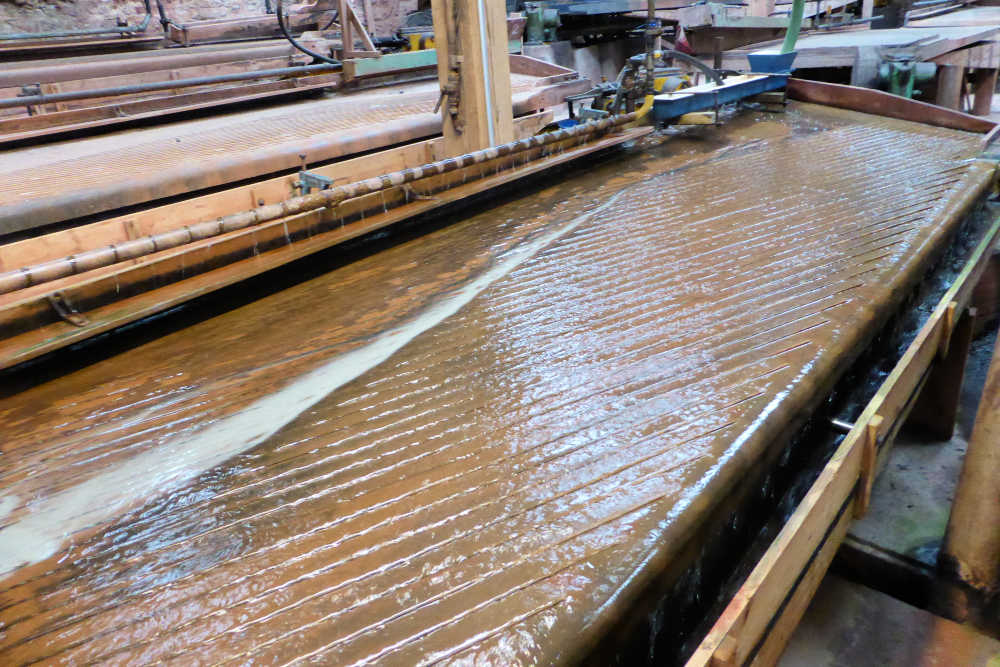
GUIDED TOUR OF THE PLANT
The guided tours start at the large factory where you will meet your guide who probably used to work in the plant and therefore knows all about its operation. The tour starts with the rock crushing equipment that started smashing the pieces of rock into smaller and smaller pieces ready for processing.
Much of the equipment remained at the mine when it closed as it was not worth anything, or it wasn’t economically feasible to move it. This is great for the tour as the mine still has most of the equipment in situ to see as you go around. The tour proceeds through the grinding and washing areas until what remains is a fine sand-like material. At this point, the tiny tin grains, which are much heavier than the rock grains, are able to be separated by feeding them into one of around 100 shaker tables.
Each table vibrates back and forth and the grains are washed along the table with water. Ridges on the table are at a small incline which pulls the denser material towards the far end of the table whilst the lighter grains are washed across the ridges and off the bottom of the table. Your guide will demonstrate the entire process and you will clearly see the material get darker as it became more and more just tin grains and works its way along the table.
An impressive sculpture rounds of the plant tour before you don overalls and hard hats ready to go underground.
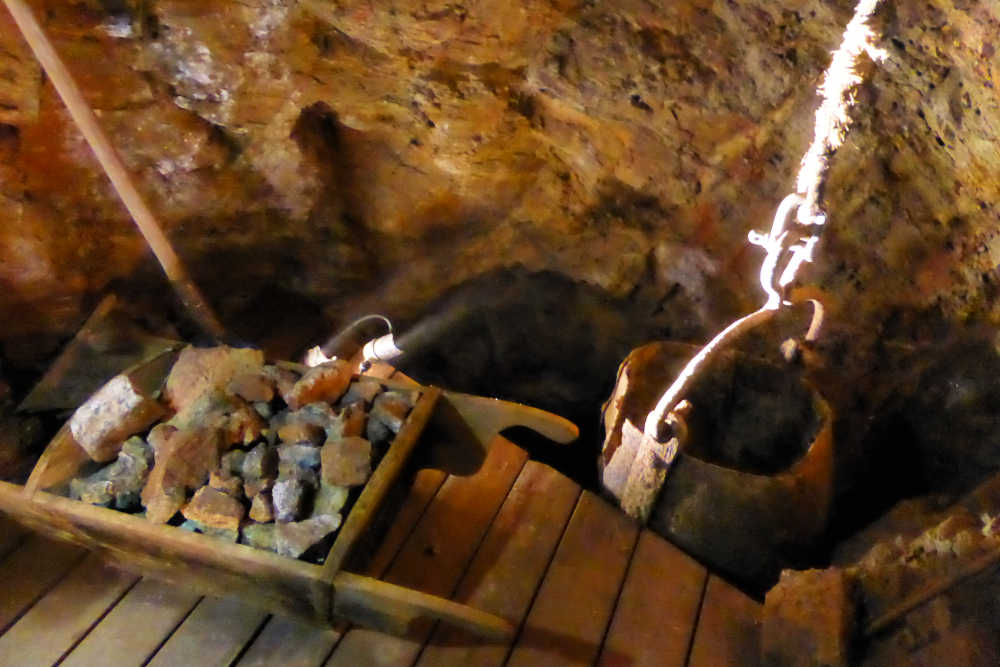
MINE TOUR
The mine you tour is from the 18th Century workings and is called the Mexico shaft. Sadly we don’t get to explore the deep mines, nor head out to the mines that extend way out to sea!! But parts of those mines are still checked and monitored and our guide had been down deeper just the week before. It’s a pretty tight squeeze inside the mine, so be grateful if your group is small! You’ll also be grateful for the hard hats, as you will no doubt bang your heads at some point during the tour.
Your guide will show you how the mine was cut and detail some of the equipment used, like the scarily flimsy-looking ladders and the hoists to take the spoil to the surface.
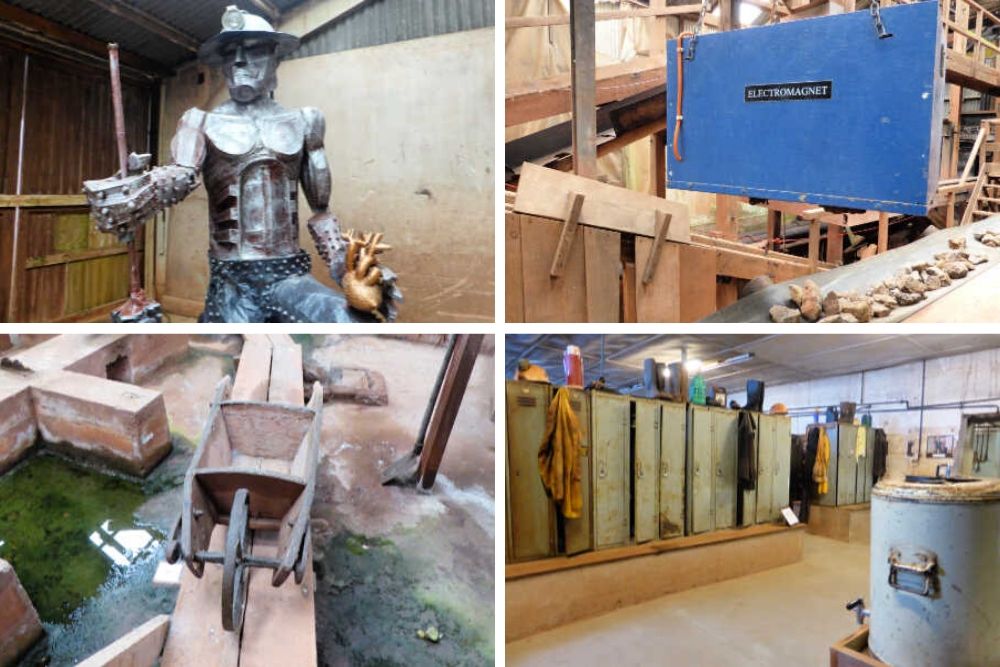
PLAN YOUR VISIT TO GEEVOR TIN MINE
Information last updated November 2019
HOW TO GET THERE
Geevor Tin Mine can be found at Pendeen, Penzance TR19 7EW.
You can get to the mine by the A17 and A3 (summer only) buses, just ask the driver for Geevor Tine Mine. The community bus PZS007 can also be used to get to the mine. Visitors arriving by bus get a 10% discount on the entrance price.
Parking is available on site and is free of charge to visitors.
HELPFUL LINK:
- If you need an app that will navigate you around whether walking, driving or using public transport and even works offline then click for a guide about how to use Here WeGo.
OPENING HOURS
Opening hours are 1000-1600 Sun-Fri, closed on Saturdays. The Mine is closed from the 21st-28th December and on the 1st January. Opening hours can vary, so please check the Geevor Tin Mine Opening Times for the latest information.
You will be outside some of the time as you walk between the various parts of the site. But, as much of the attraction is indoors, any time of year is a good time to visit. We would recommend you allow at least two to three hours to fully enjoy the mine.
HOW TO BUY TICKETS & SAVE MONEY ON ADMISSION
Basic admission prices are £14.90 (including the underground tour) and £12.00 (museum only) for adults, £8.70 for children over 3 and students and free for under 4s.
You can save up to 10% by arriving by bus and 20% if you have already visited the nearby Levant Mine and Beam Engine. You can also get 20% off at Levant Mine if you visit Geevor Tin Mine first.
ACCESSIBILITY
Because this is a tour of a former working tine mine, accessibility is restricted with plenty of stairs in the factory and rough ground in the underground mine.
The Hard Rock museum is fully accessible and provides a good overview of the mine and its operations for visitors who cannot access all of the site.
For full accessibility details please visit the Geevor Tine Mine Accessibility page.
IS GEEVOR TIN MINE WORTH THE VISIT?
If you want to learn more about the long history of tin mining in Cornwall and how a real tin mine operated, then Geevor Tin Mine is an excellent place to spend a few hours. The guides are full of information about how the tin was mined from taking the rocks from the ground to the finished ore. The tour of the plant is especially interesting as much of the equipment is still in situ and it looks like you have just come in on a day when the miners are having a day off in many places.
The underground mine shows how the mining of tin was done for thousands of years and how technology moved on so quickly to create the giant plant that was used more recently. The site is then dotted with other exhibits and the hard rock museum which give visitors a huge amount of information about how the mine operated.
See what others think of this attraction on Trip Advisor.
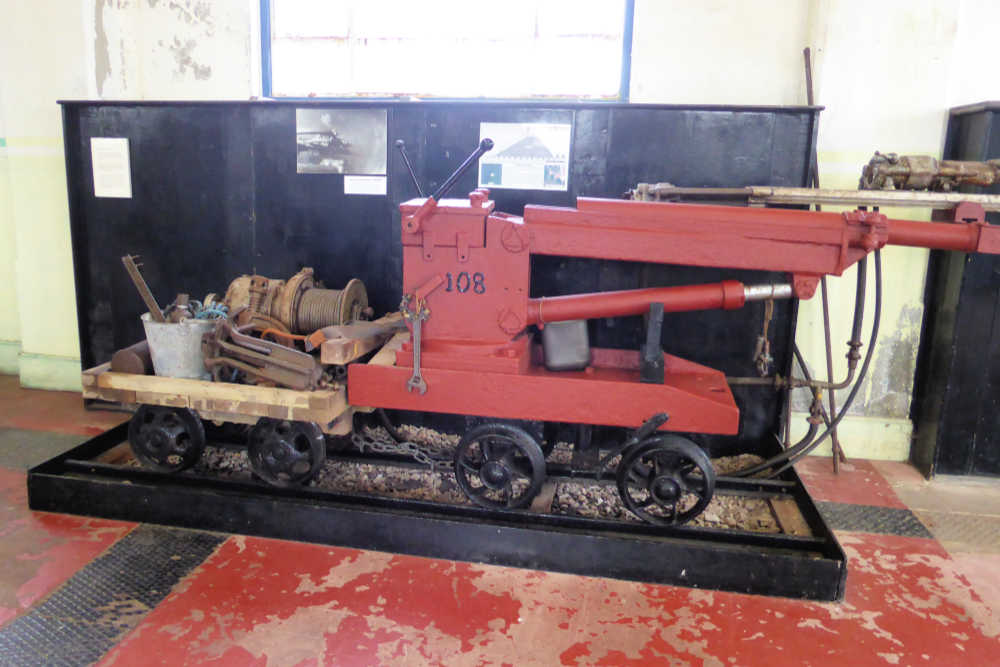
ADD TO YOUR CORNWALL ITINERARY
From rugged coastlines and stunning beaches to a tin mining industry stretching back thousands of years, there is plenty to attract visitors to Cornwall. Home to Land’s End and many Poldark filming locations as well as castles and mythical locations of King Arthur and Merlin.
IN THE AREA
- The world’s only Cornish Beam engine still steaming is the main attraction at the National Trust’s Levant Mine and Beam Engine. See a fully restored version of the beam engine buildings you will see dotted across the Cornish landscape.
- The Dolmen of Lanyon Quoit, standing stones of Mên-an-Tol, The Merry Maidens stone circle and Tregiffian Burial Chamber are just some of the plethora of ancient monuments to be found in Cornwall.
- The Botallack mine ruins are one of the most dramatic places to see beam engine ruins as they cling to the edges of the rugged cliffs. You can also explore the ruins of the mines buildings and wander a Poldark filming location.
- The westernmost point of mainland England, Land’s End is a tourist destination just for that reason. With theme parks, attractions and the “First and Last House” in the country to tempt visitors.
- Visit the Telegraph Museum< to learn how the nearby Porthcurno Beach became the global telecom hub for transatlantic cables entering Britain from around the globe. You can also visit the World War II tunnels which protected the communication hub from enemy action.
- Perched on the rocks above the Atlantic Ocean, The Minack Theatre is a dramatic open-air theatre. Even if you can’t attend a show, it’s well worth a visit to enjoy the views and learn how this amazing theatre came to be.
READ MORE: For even more great things to do in Cornwall check out our Things to Do in Cornwall guide.
Want to save this for later? Click the Pinterest button on the left for a pinnable image!
RESOURCES | PLAN YOUR TRIP TO CORNWALL
To book flights, rental cars, accommodations, and activities for your trip, please check out our recommended travel providers, favourite apps and websites.
These are a few tours we would recommend for your trip to Cornwall.
Some of the links in the post above are affiliate links. This means if you click on the link and purchase the item, we will receive an affiliate commission but this does not affect the price to you. Please read our full disclosure policy here.





